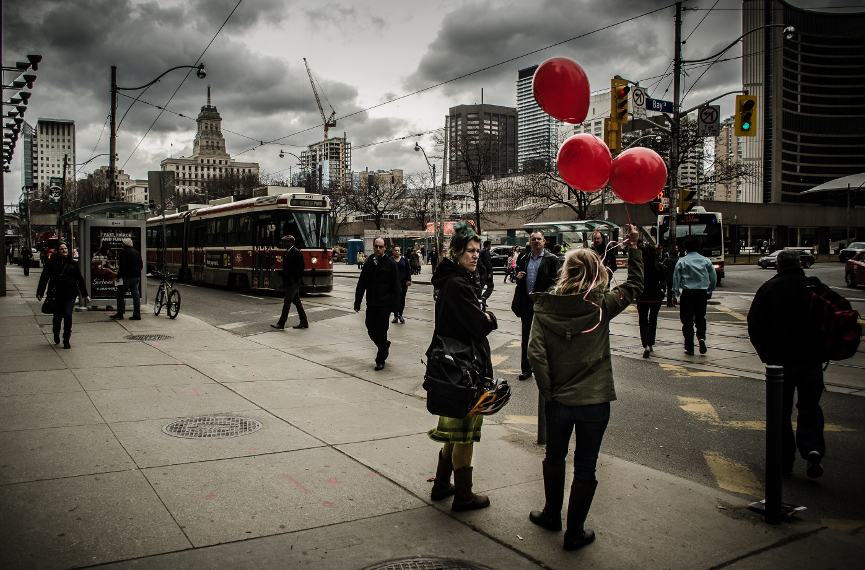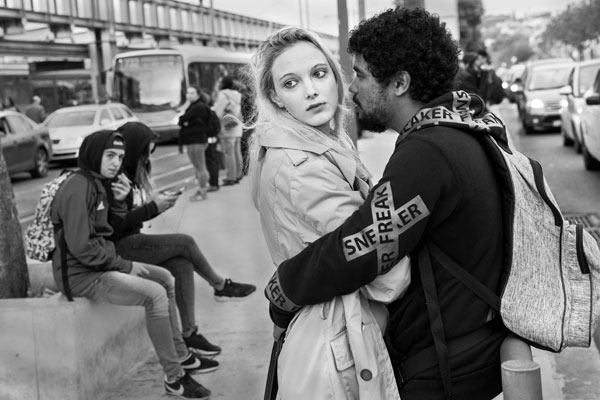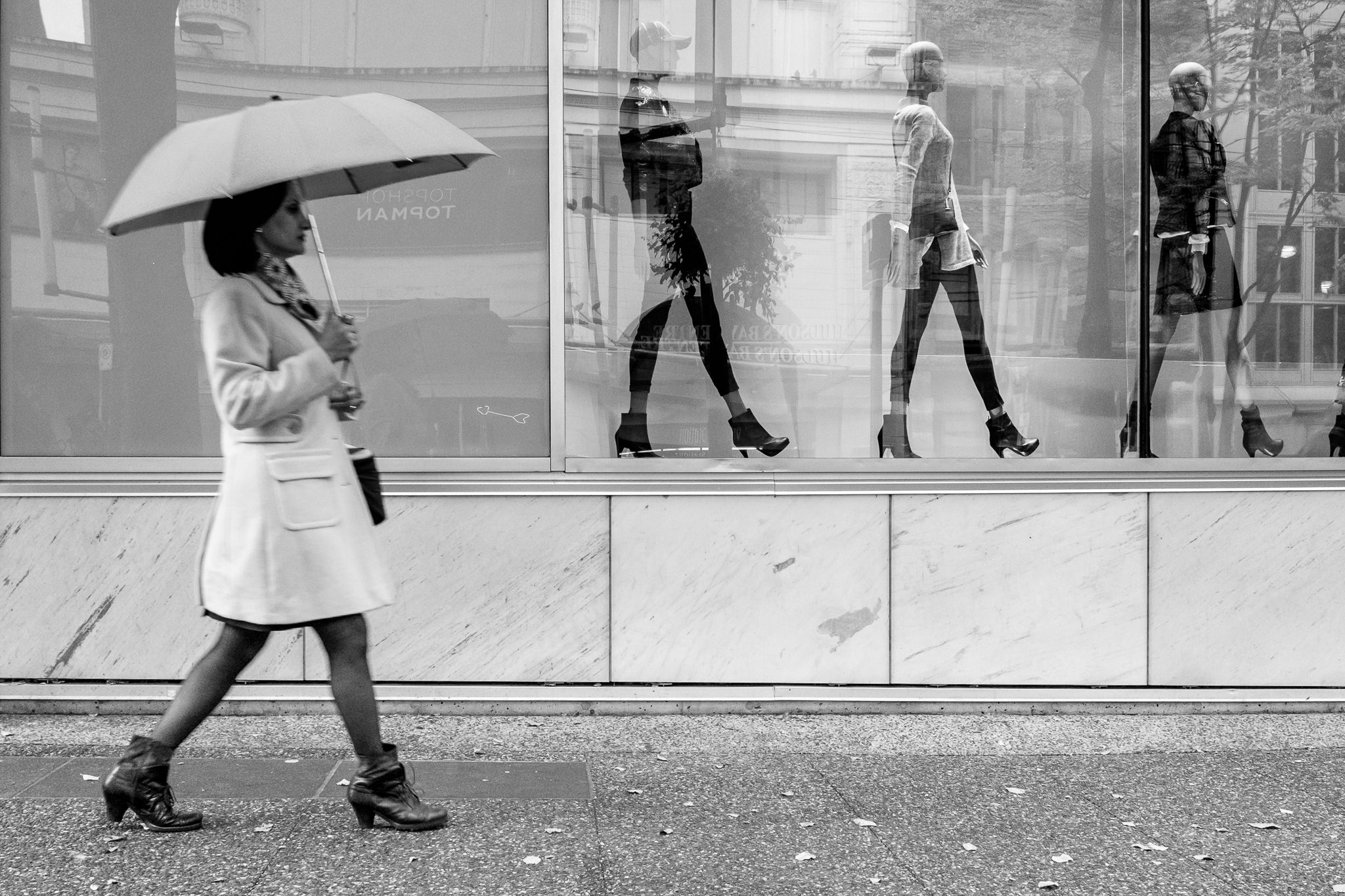The smart Trick of Framing Streets That Nobody is Talking About
The smart Trick of Framing Streets That Nobody is Talking About
Blog Article
5 Simple Techniques For Framing Streets
Table of ContentsThe 10-Minute Rule for Framing StreetsExamine This Report on Framing StreetsMore About Framing StreetsThe Best Strategy To Use For Framing StreetsTop Guidelines Of Framing StreetsFraming Streets for Dummies
Photography style "Crufts Pet dog Program 1968" by Tony Ray-Jones Road digital photography (likewise often called candid photography) is digital photography conducted for art or questions that includes unmediated opportunity encounters and random incidents within public places, normally with the aim of capturing photos at a definitive or touching minute by careful framework and timing. 
, who was motivated to carry out a comparable paperwork of New York City. As the city developed, Atget aided to advertise Parisian roads as a worthy subject for photography.

Getting My Framing Streets To Work
The chief Mass-Observationists were anthropologist Tom Harrisson in Bolton and poet Charles Madge in London, and their initial report was created as the publication "May the Twelfth: Mass-Observation Day-Surveys 1937 by over two hundred observers" [] Window cleaner at Kottbusser Tor, Berlin, by Elsa Thiemann c. 1946 The post-war French Humanist Institution digital photographers discovered their subjects on the street or in the diner. Between 1946 and 1957 Le Groupe des XV each year showed job of this kind. Andre Kertesz. Circus, Budapest, 19 May 1920 Street photography formed the major content of two events at the Museum of Modern Art (Mo, MA) in New york city curated by Edward Steichen, Five French Photographers: Brassai; Cartier-Bresson, Doisneau, Ronis, Izis in 1951 to 1952, and Post-war European Photography in 1953, which exported the idea of road digital photography worldwide.

How Framing Streets can Save You Time, Stress, and Money.
, after their website that a teacher of young kids, connected with Evans in 193839.'s 1958 publication,, was considerable; raw and frequently out of focus, Frank's images questioned conventional digital photography of the time, "challenged all the formal guidelines laid down by Henri Cartier-Bresson and Pedestrian Evans" and "flew in the face of the wholesome pictorialism and sincere photojournalism of American magazines like LIFE and Time".
Report this page